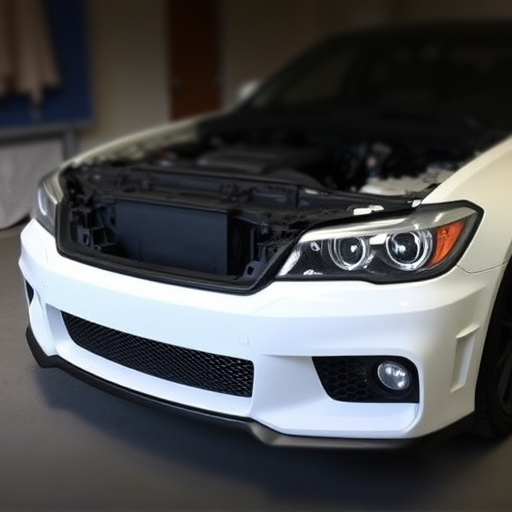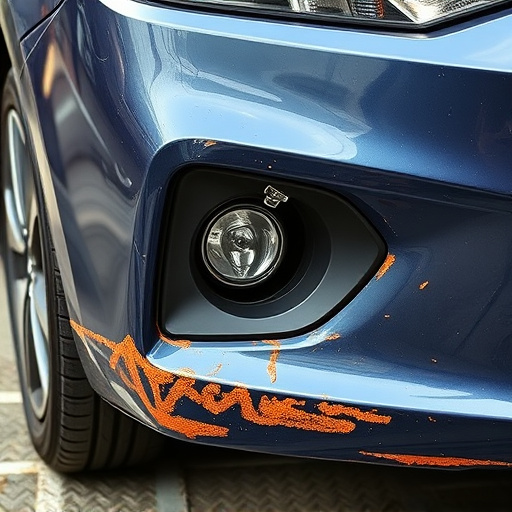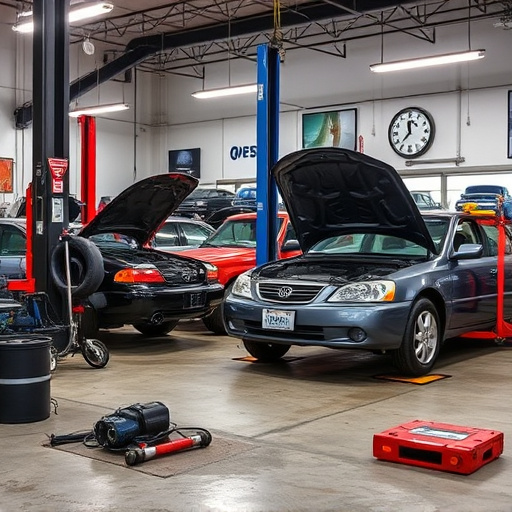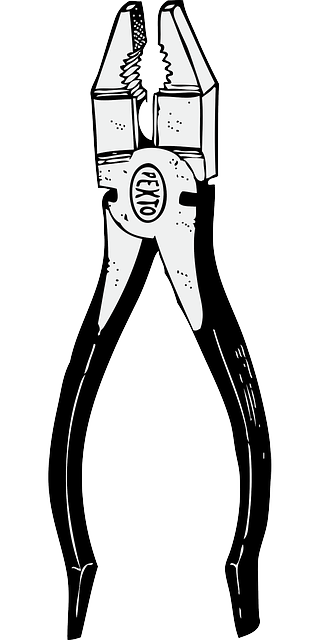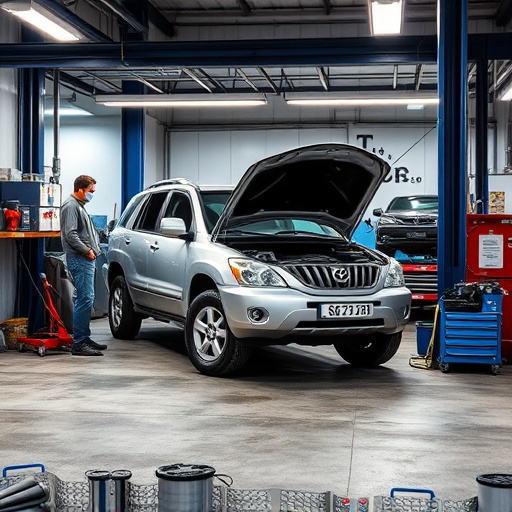Tesla's Body Computer System, the vehicle's "brain," controls critical functions from steering to safety features. Resetting this system requires extreme caution due to its intricate integration with various components like climate control and exterior lighting. Incorrect procedures can cause software glitches, physical damage, or safety risks, emphasizing the need for a methodical approach following official guidelines, especially during bodywork repairs. A proper Tesla body computer reset is crucial for optimal vehicle diagnostics and passenger safety, avoiding costly data corruption or permanent damage.
Tesla’s body computer is a sophisticated system that controls various functions of their vehicles. When issues arise, a reset may be necessary, but incorrect procedures can lead to problems. This article guides you through understanding the Tesla body computer, common mistakes to avoid during reset attempts, and best practices for successful resolution. Learn about the right tools, safety measures, and when to perform soft vs hard resets to ensure your Tesla functions optimally after a reset.
- Understanding Tesla's Body Computer System
- – A breakdown of the body computer and its functions in Tesla vehicles
- – Importance of proper reset procedures
Understanding Tesla's Body Computer System

Tesla’s Body Computer System is a complex network designed to manage various functions and systems within the vehicle, from steering and suspension to infotainment and safety features. This advanced technology is often referred to as the “brain” of the Tesla car, controlling processes that traditional cars have spread across multiple components. It ensures seamless integration and communication between different parts of the automobile, enabling features like autonomous driving and over-the-air updates. Understanding this system is crucial when attempting a Tesla body computer reset, as incorrect procedures could lead to malfunction or even damage to both the car’s electronic systems and physical structure, including instances of car dent repair or classic car restoration processes.
The interdependence of these systems necessitates a methodical approach when performing a reset. Incorrectly resetting the body computer can disrupt not just the primary functions but also secondary areas like climate control, window operations, and even exterior lighting—all aspects that contribute to the overall driving experience. Moreover, modern cars are designed with intricate safety mechanisms, and any haphazard reset could compromise these, potentially endangering both passengers and other road users, especially during critical vehicle diagnostics or when dealing with complex car bodywork repairs.
– A breakdown of the body computer and its functions in Tesla vehicles

The Tesla Body Computer, a sophisticated system at the heart of modern electric vehicles, serves as the control center for various vehicle functions, from powering the electric motor to managing advanced driver assistance systems (ADAS). This computer is essentially the brain that enables your Tesla to perform tasks like autonomous driving, navigation, and even over-the-air updates. A malfunction or misalignment in this system can lead to a host of issues, including unexpected behavior, decreased performance, or even safety hazards.
Therefore, when attempting a Tesla body computer reset, it’s paramount to understand that this process should be approached with caution. While resets can help resolve certain glitches, incorrect procedures could potentially cause more harm than good. Improper resets might disrupt the intricate balance of software and hardware components, impacting not just the car’s primary functions but also aesthetics—think vehicle paint repair issues or even car bodywork services becoming necessary due to misconfigured sensor settings. Thus, it’s crucial to follow official guidelines and, when in doubt, consult Tesla specialists rather than attempting DIY solutions that could compromise your vehicle’s integrity.
– Importance of proper reset procedures

Proper reset procedures are paramount when performing a Tesla body computer reset. Neglecting these steps can lead to potential errors and complications that may compromise your vehicle’s performance and safety features. The body computer, or ECU, is the brain of modern vehicles, controlling various functions from door locks to advanced driver-assistance systems (ADAS).
Incorrectly resetting this crucial component could result in faulty operation of essential systems like brakes, steering, and even airbags. Moreover, improper reset techniques may cause data corruption, leading to costly repairs or permanent damage. Therefore, it’s advisable to follow manufacturer guidelines precisely, using specialized tools and software designed for Tesla vehicles. Think of it as akin to car dent removal – precise, careful, and done right to avoid deeper, more expensive collision damage repair issues down the line.
When resetting your Tesla’s body computer, remember that improper procedures can lead to functionality issues. Always consult official Tesla resources and follow recommended protocols to avoid data loss or system malfunctions. A thorough understanding of your vehicle’s complex systems, like the Tesla body computer, is key to ensuring a smooth reset process and maintaining optimal performance.



